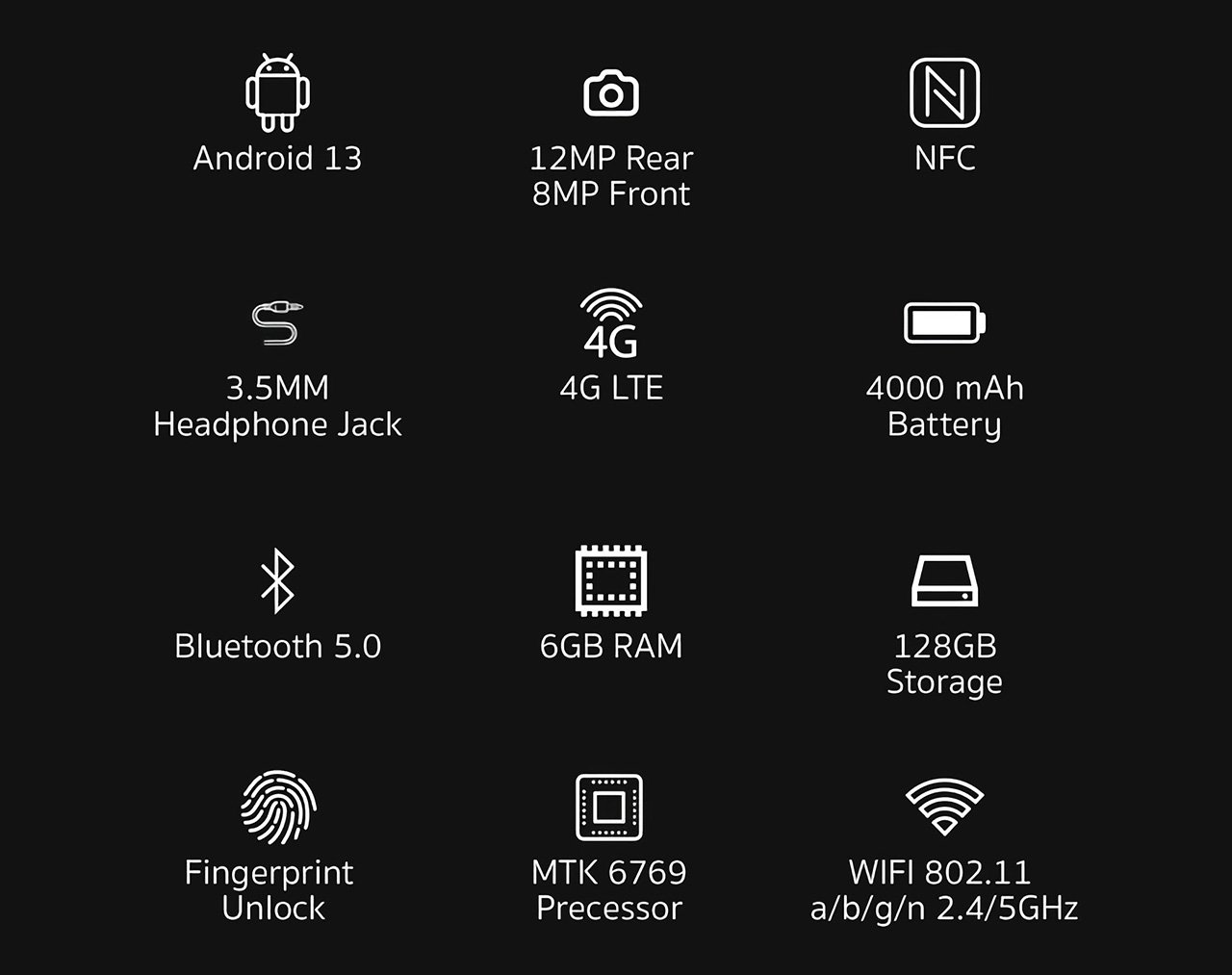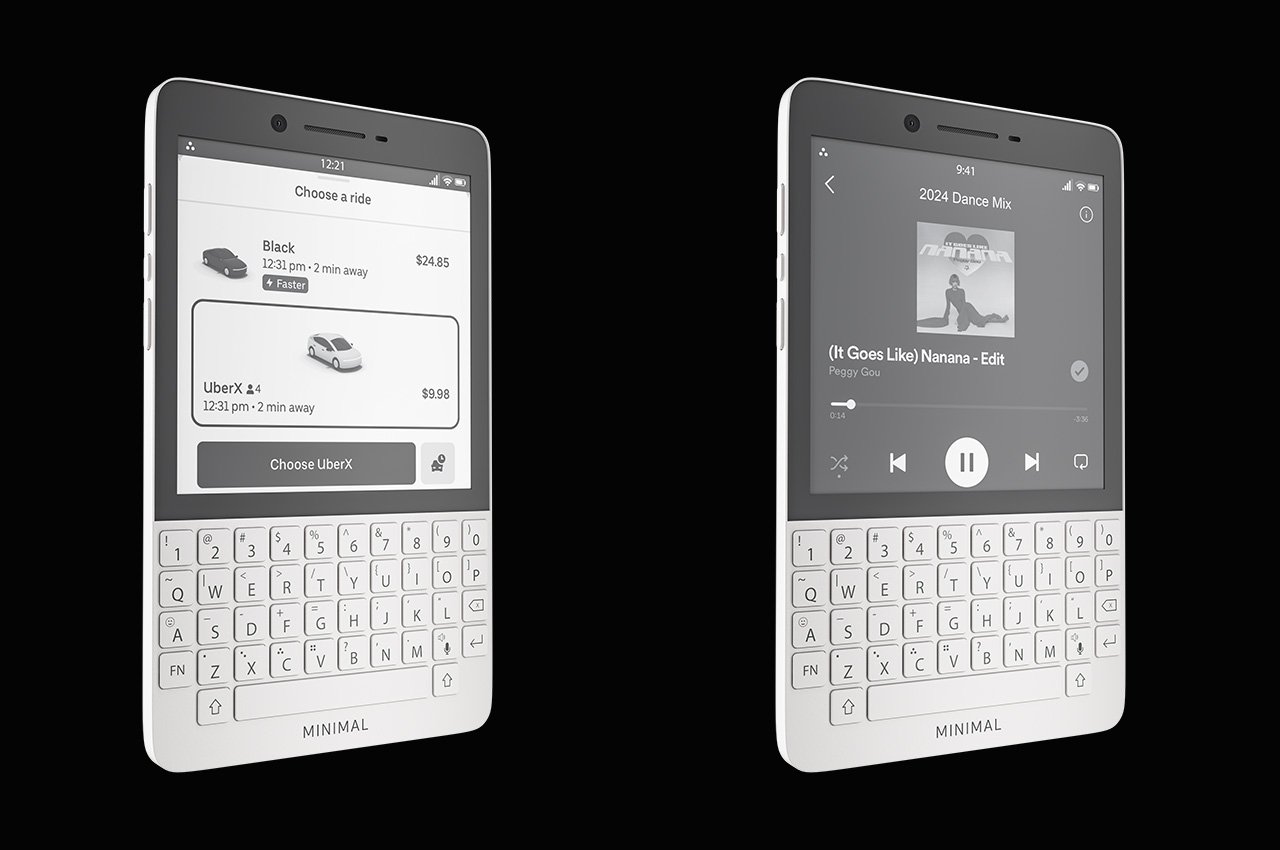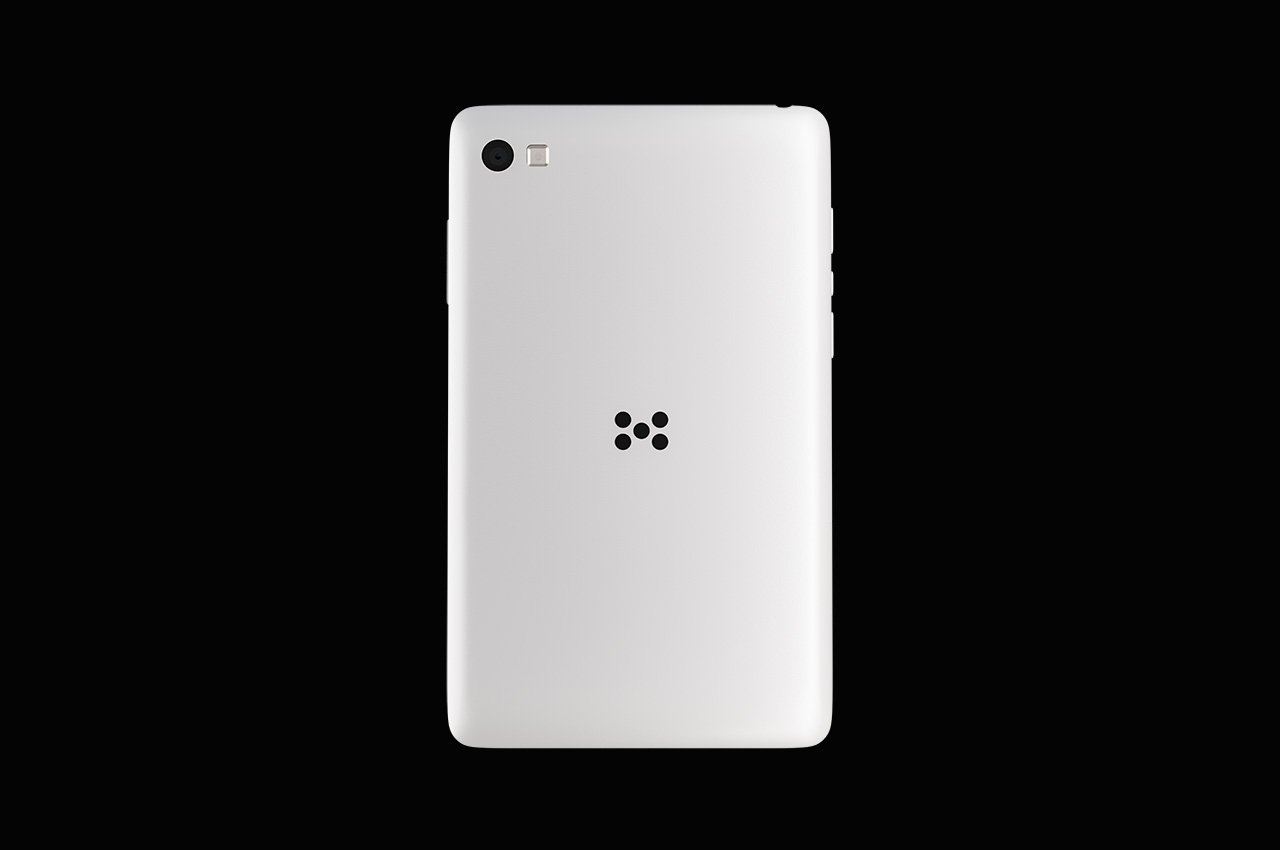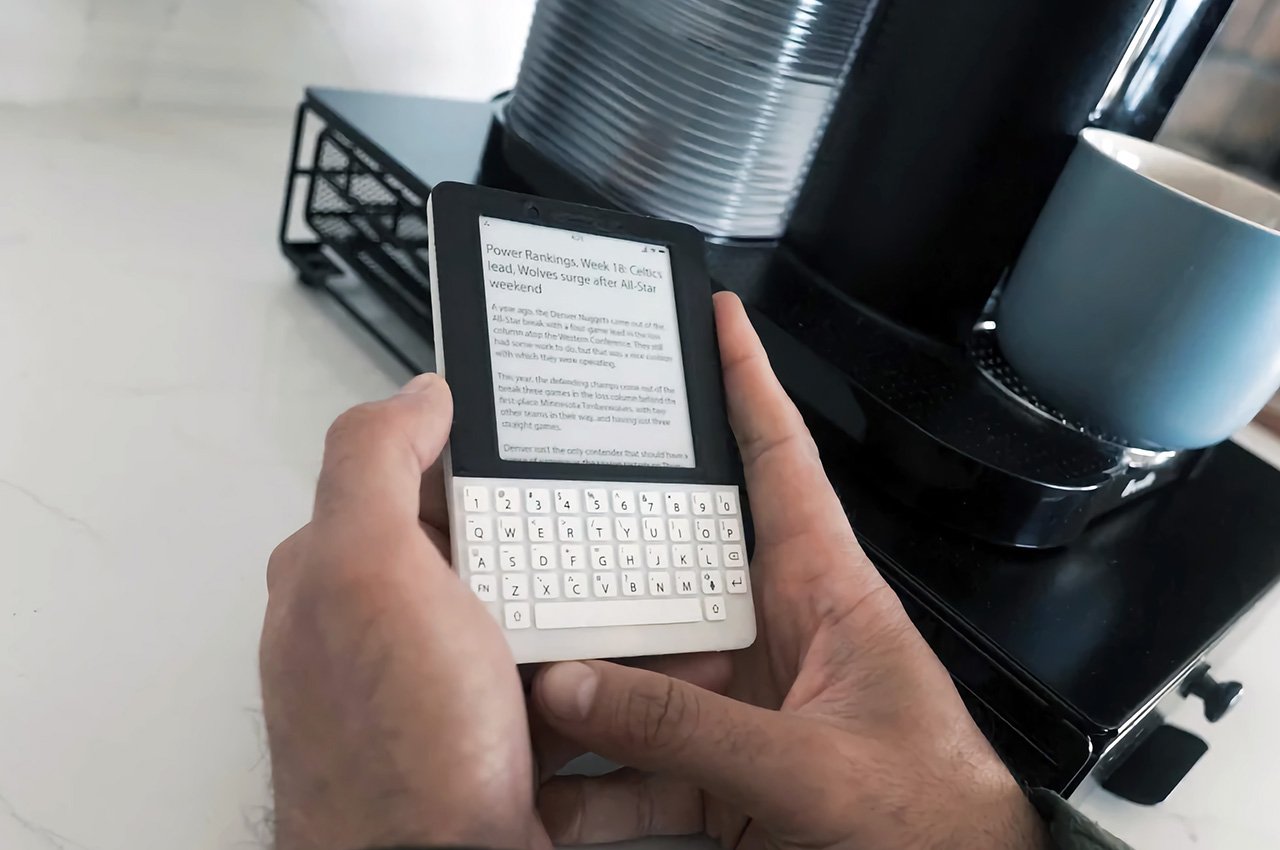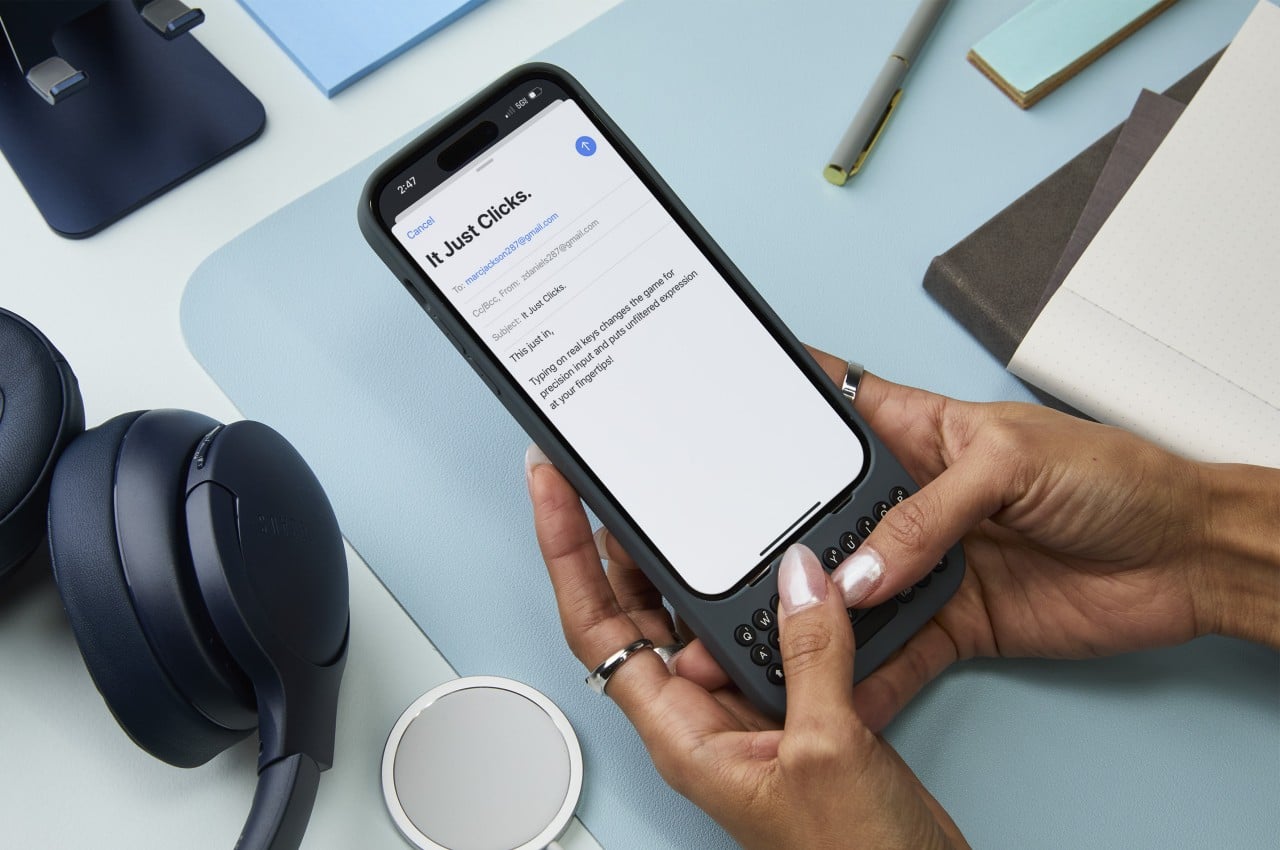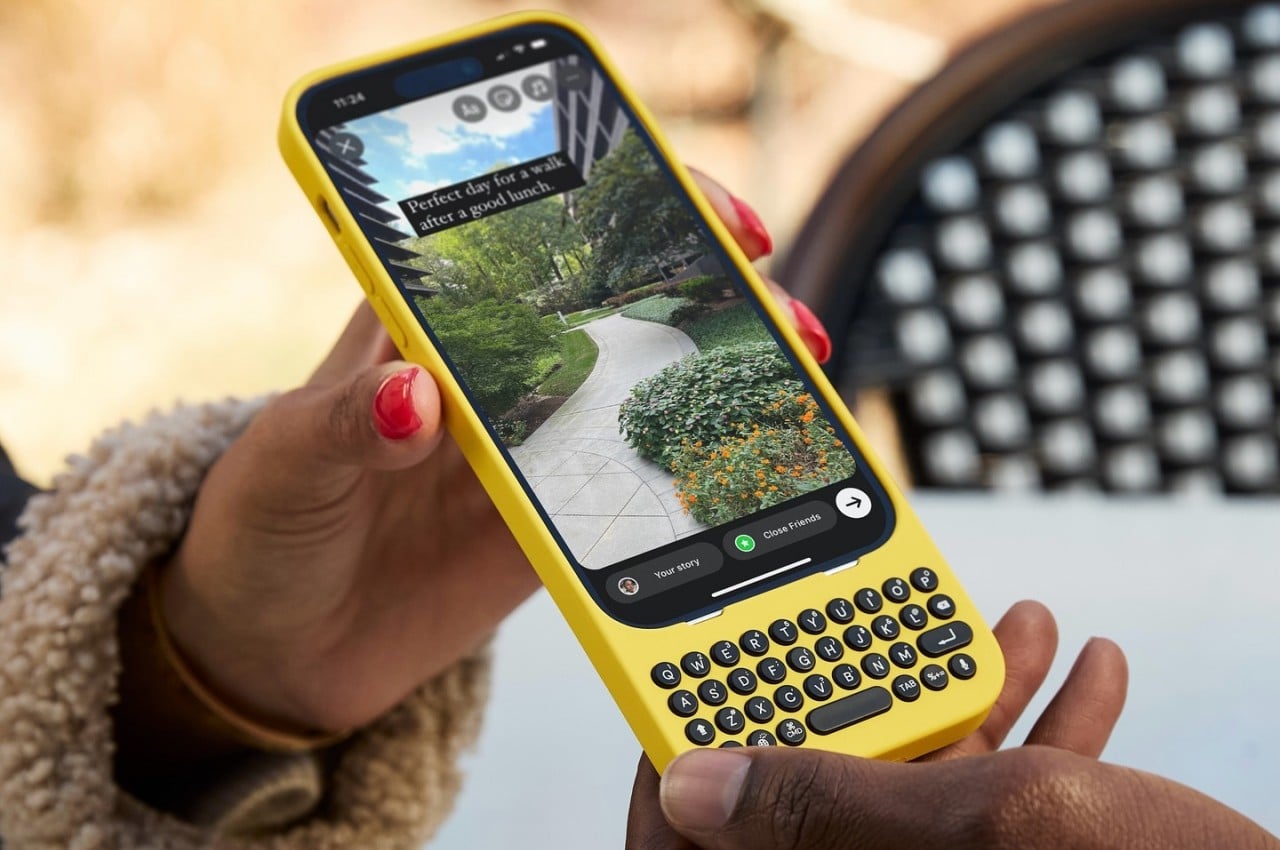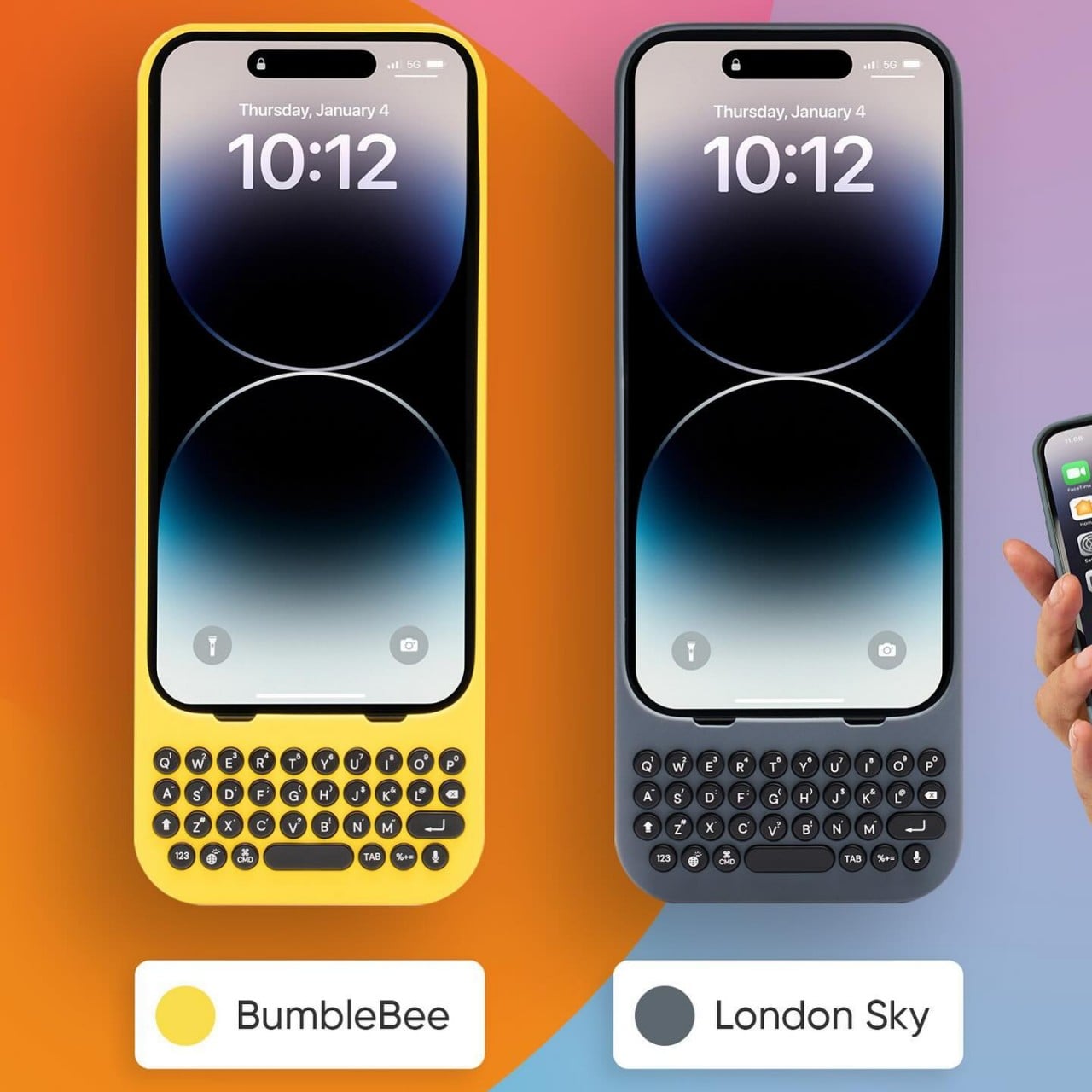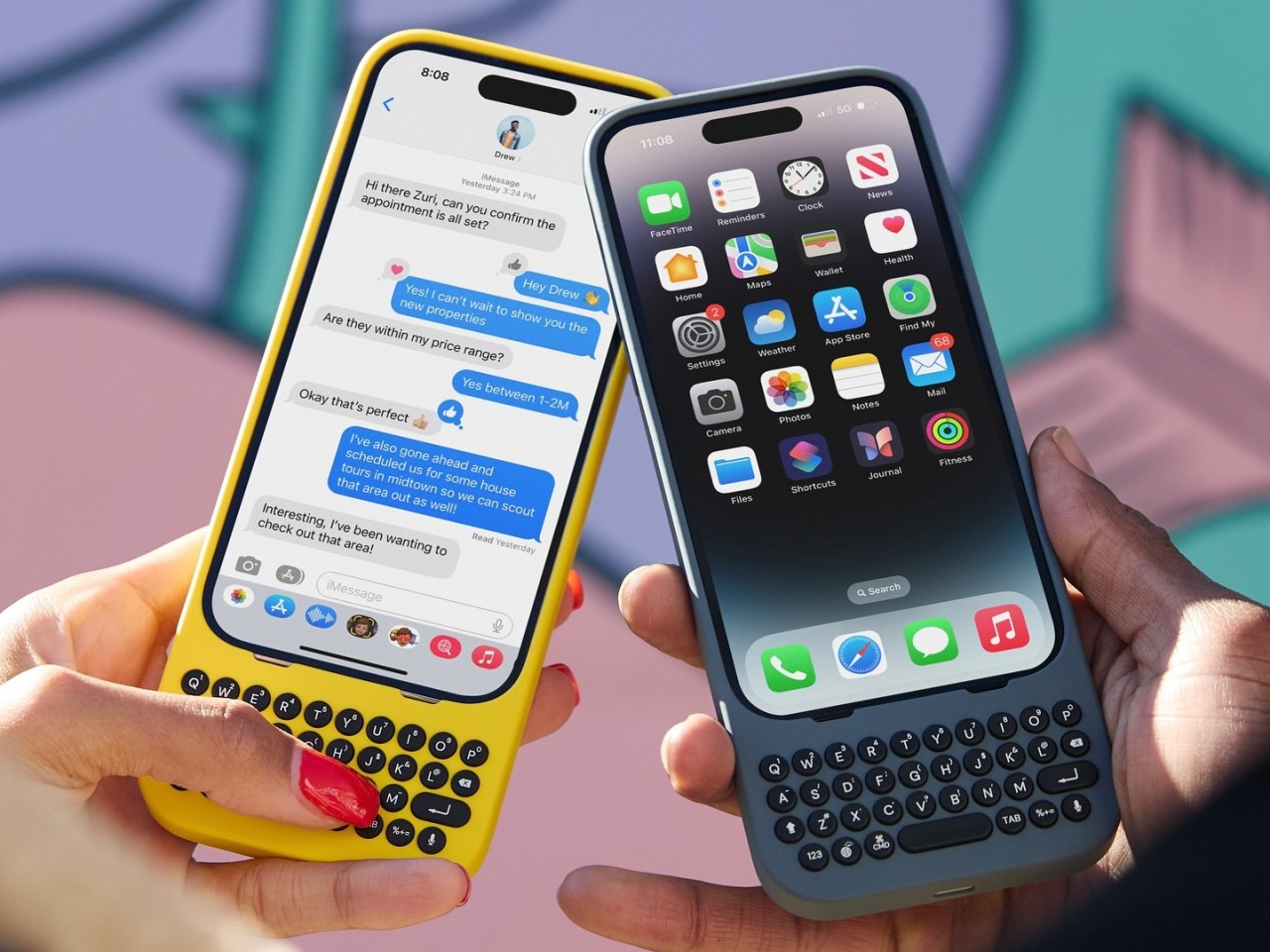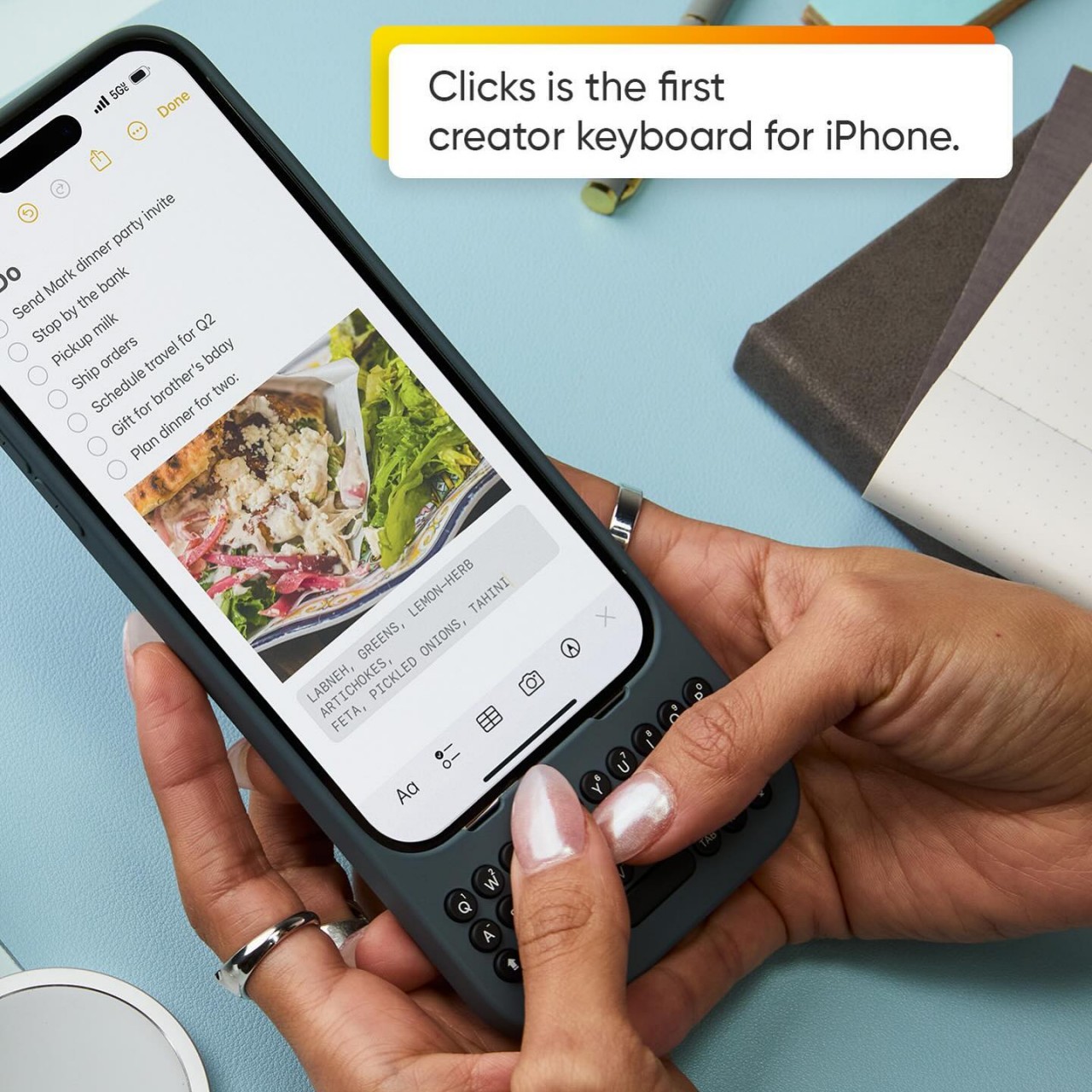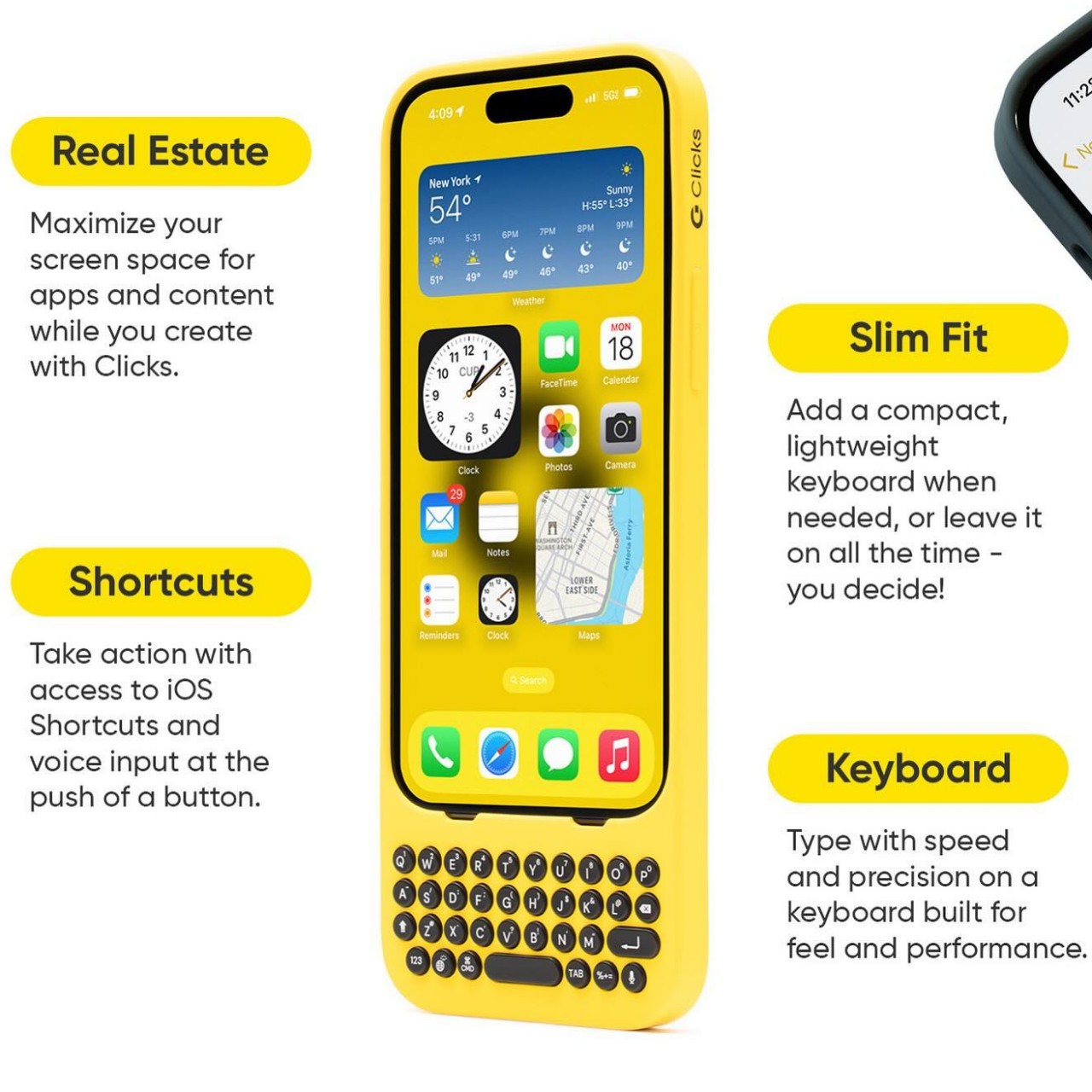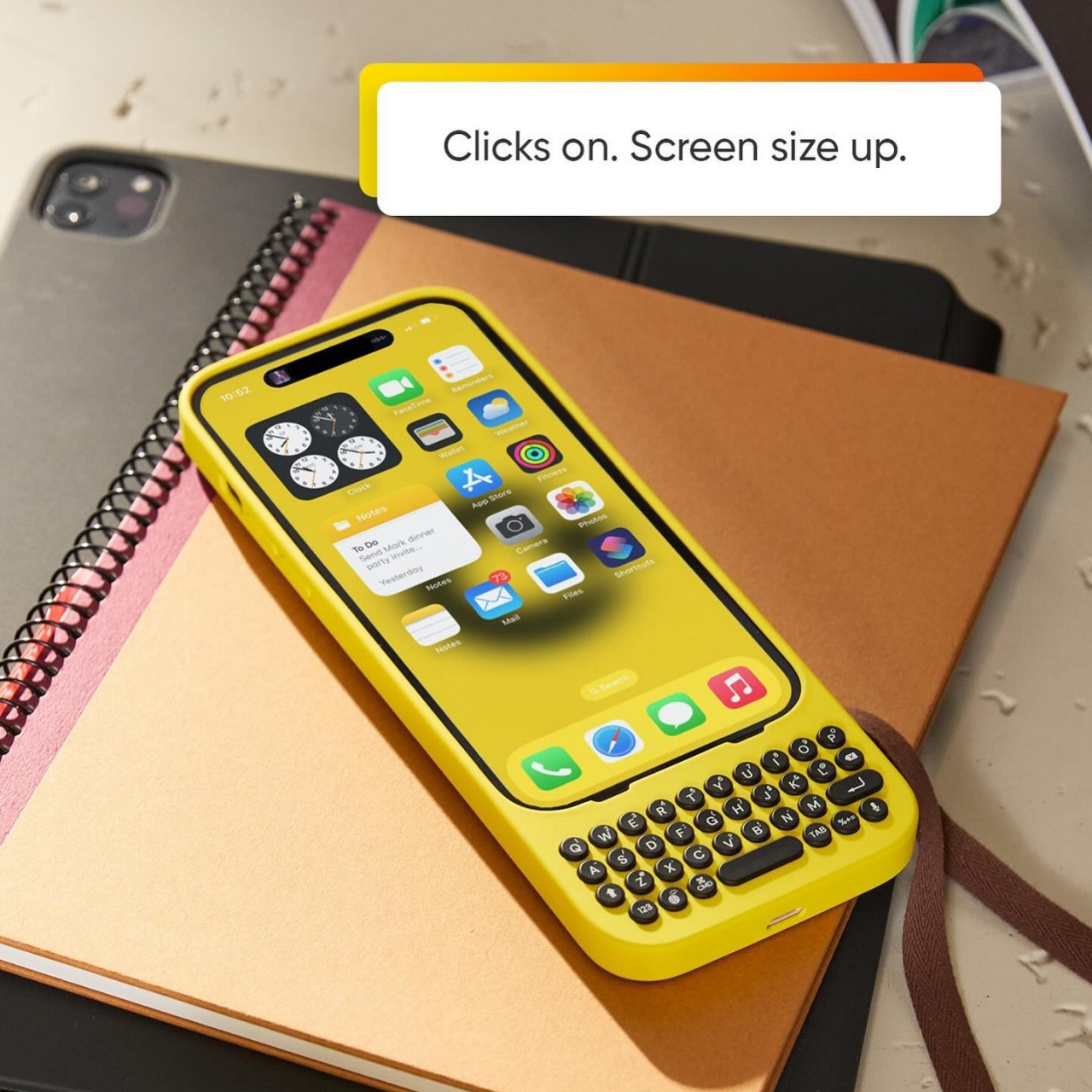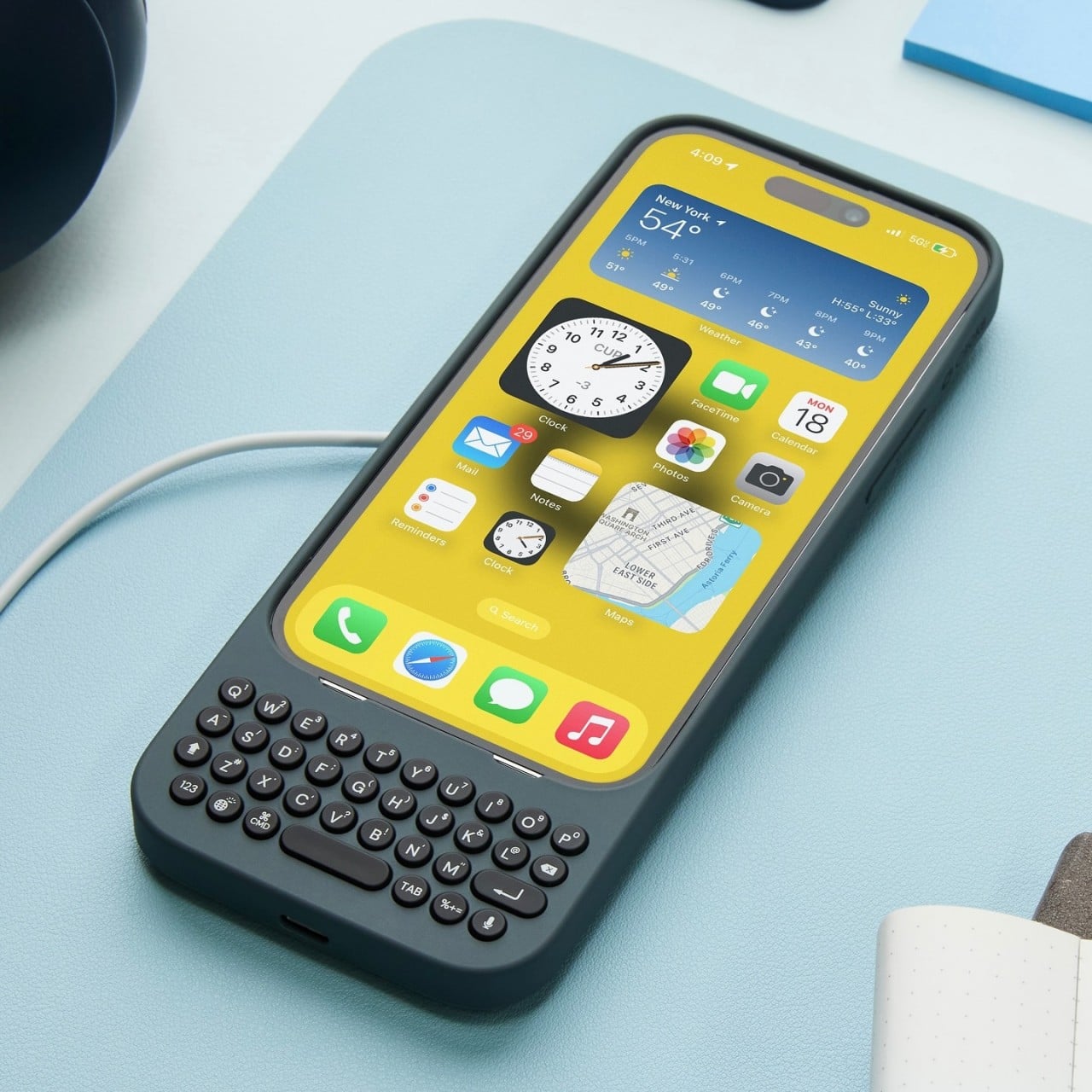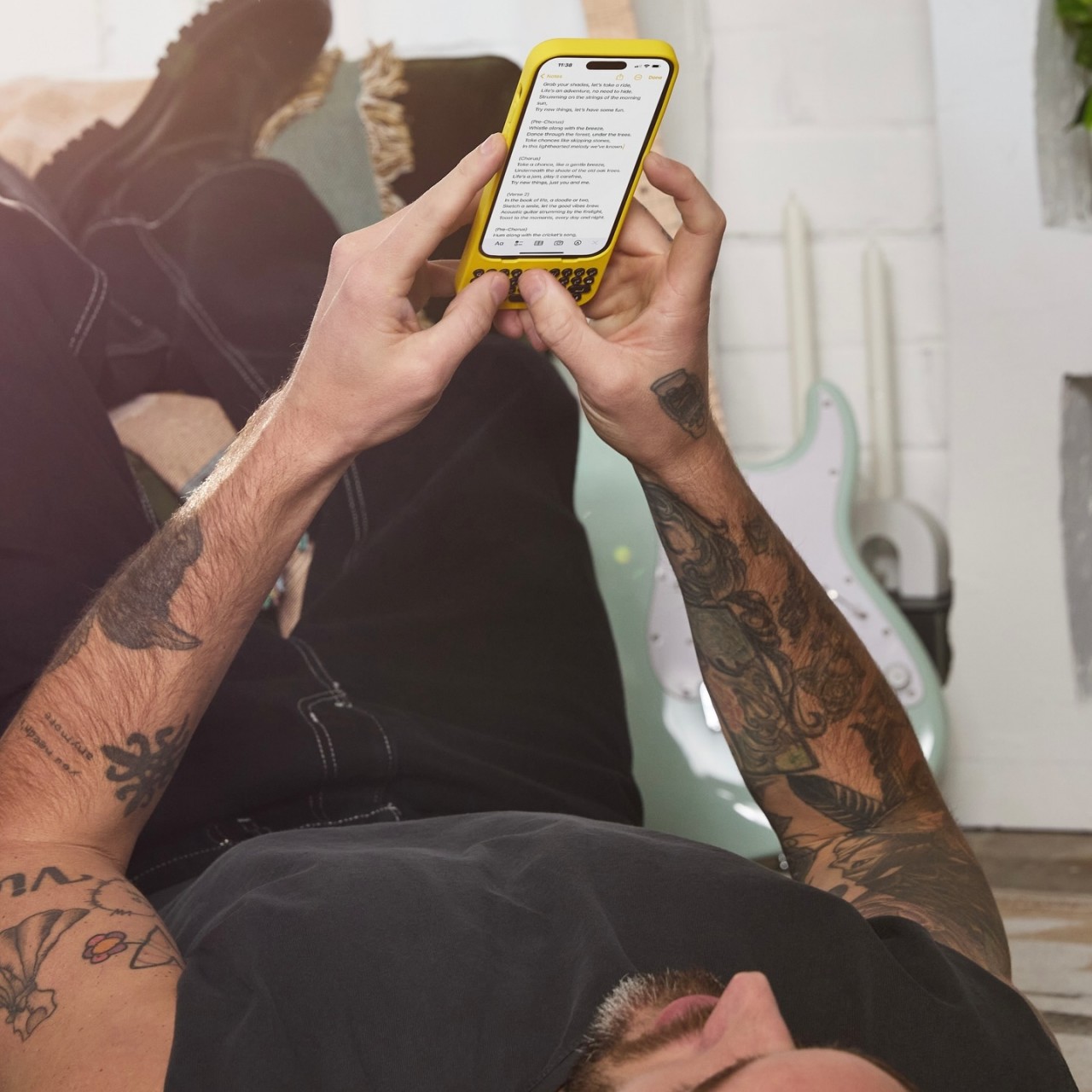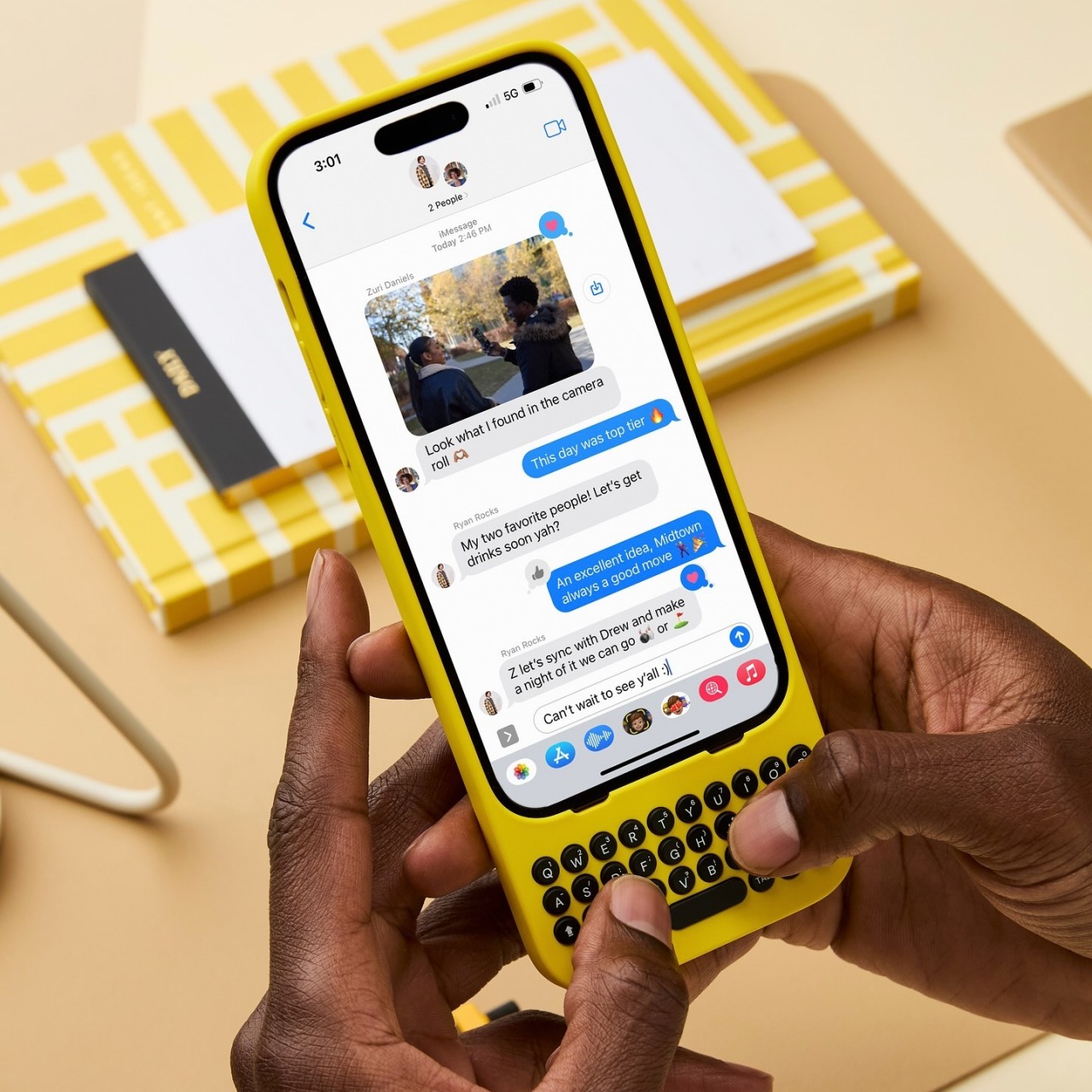Some people opt for a minimalist smartphone to reduce distractions and enhance productivity. These devices typically offer only essential features, such as phone calls, messaging, notes, calendars, internet browsing, and key Android apps. This setup allows users to focus on what’s crucial without interruptions from numerous app notifications. Furthermore, these simplified phones often have extended battery life due to their limited features. If you’re drawn to a minimalistic device, the Minimal Phone could be ideal for you. It’s the product of an experienced team with a combined 60 years in design, engineering, and technology entrepreneurship. Their vision is to deliver a product that eliminates all unnecessary features.
Designers: Andre Youkhna and Armen Youssefian
Click Here to Buy Now: $325 $450 ($125 off, exclusive perk for YD Readers only). Hurry, only a few left!
The Minimal Phone is equipped with a high-performance MTK 6769 CPU and 4GB RAM, ensuring a smooth user experience. It has 128GB of storage space for apps and data and operates on Android 13, which features the latest security and system updates. The display is a 3.5” E-Ink touch screen with a resolution of 300 PPI and a high refresh rate for clear images and smooth transitions. It has an 8MP front camera and a 16MP rear camera for photography. The phone supports 802.11 a/b/g/n 2.4GHz/5GHz WiFi Direct and Bluetooth 4.1 and is compatible with AT&T, T-Mobile, and Verizon networks. It features a sizeable 4000mAh battery with QC 18W and wireless charging support less than 20W. The most appealing feature is the integrated tactile QWERTY keyboard.
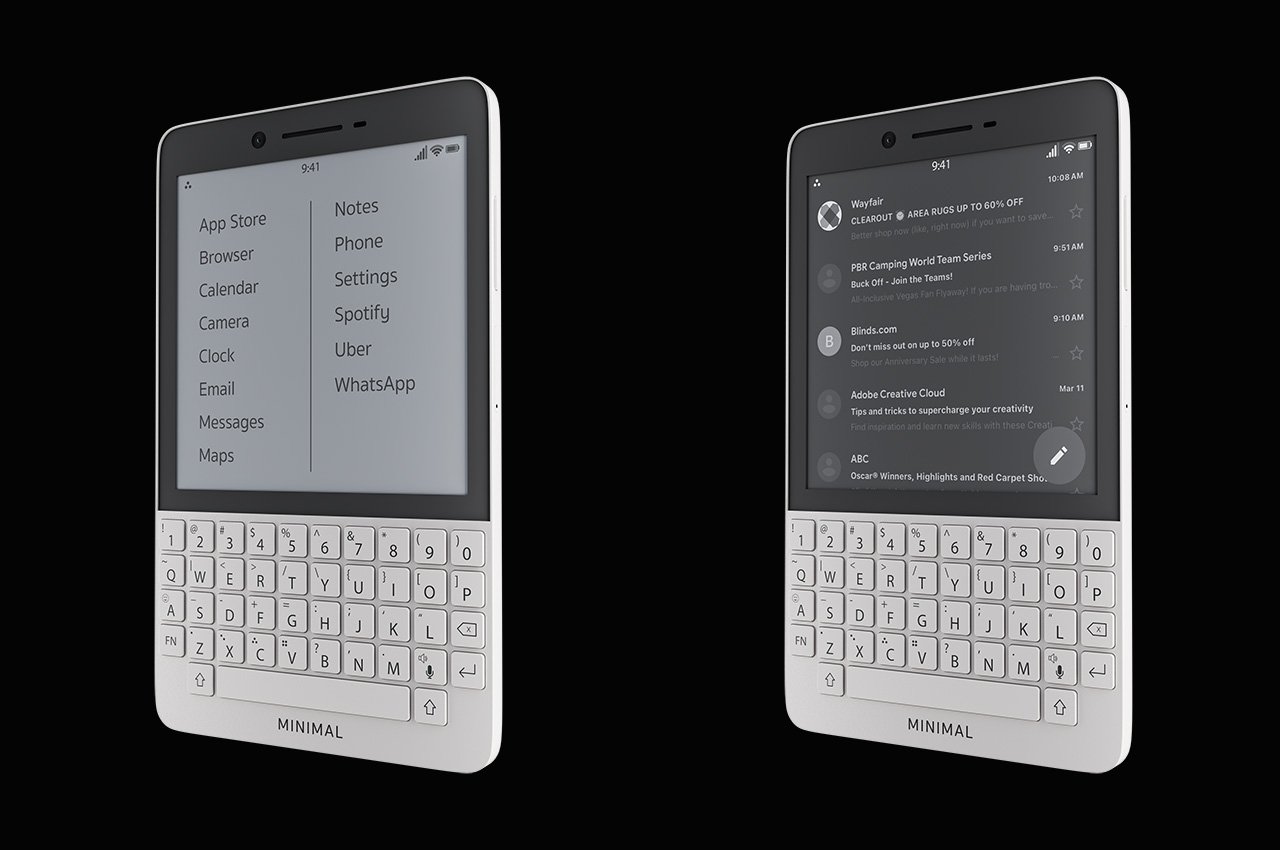
The e-ink display of the Minimal phone offers users a comfortable, glare-free reading experience, significantly reducing eye strain even during prolonged use.
Incorporating a tactile, responsive QWERTY keyboard into a smartphone design can be complex. However, the team behind the Minimal Phone has tackled this challenge directly. The ergonomic design of the keyboard has been carefully considered to provide a comfortable user experience. The team has analyzed various factors such as keyboard layout, key size, and key travel distance to ensure they meet the expectations of a wide range of users. They understand that speed and accuracy are crucial for a satisfying typing experience, so they’ve strived to optimize these factors in the design.
The team has selected high-quality materials for the phone, considering durability and regular use over its lifespan. Recognizing the need for the keyboard to maintain its quality and responsiveness, they’ve carefully chosen the construction materials and methods. As a result, the keyboard must feel comfortable to the touch and built to last. Other standard features include NFC, GPS, A-GPS, a side-mounted fingerprint sensor, face unlock, a G sensor, a compass, a gyroscope, a proximity sensor, and a light sensor. Additionally, it also includes a 3.5mm headphone jack located on the top left-hand corner.
The Minimal Phone, thoughtfully designed for ease of use and comfort, measures 121 x 72 x 10mm (4.74″ x 2.83″ x 0.39″), akin to the ergonomic shape of a passport. Its well-proportioned layout makes it extremely comfortable to hold and type on the physical keyboard. The microphone at the bottom left of the device complements the central USB-C plug-in port flanked by speakers on its right. The phone’s left side hosts the volume control buttons—up and down—with an e-ink refresh button nestled between them. The power button is on the phone’s right side, just above the conveniently placed SIM card slot, contributing to a well-balanced and intuitive design. Plus, its slim profile allows it to disappear into a pair of jeans pocket or slip easily inside a suit coat.
The major advantage of the Minimal Phone is its e-ink display, which provides a reading experience that closely mimics reading from physical paper. The display uses ambient light to illuminate the text, reducing eye strain associated with backlit screens found in tablets and smartphones. Furthermore, e-ink displays are easier to read in bright sunlight, making the Minimal Phone perfect for outdoor reading. Additionally, e-ink displays consume significantly less power, leading to the Minimal Phone’s longer battery life, which is ideal for extended reading sessions.
Click Here to Buy Now: $325 $450 ($125 off, exclusive perk for YD Readers only). Hurry, only a few left!
The post Experience a combination of minimalism and productivity with an E-Ink QWERTY Minimal Phone first appeared on Yanko Design.

